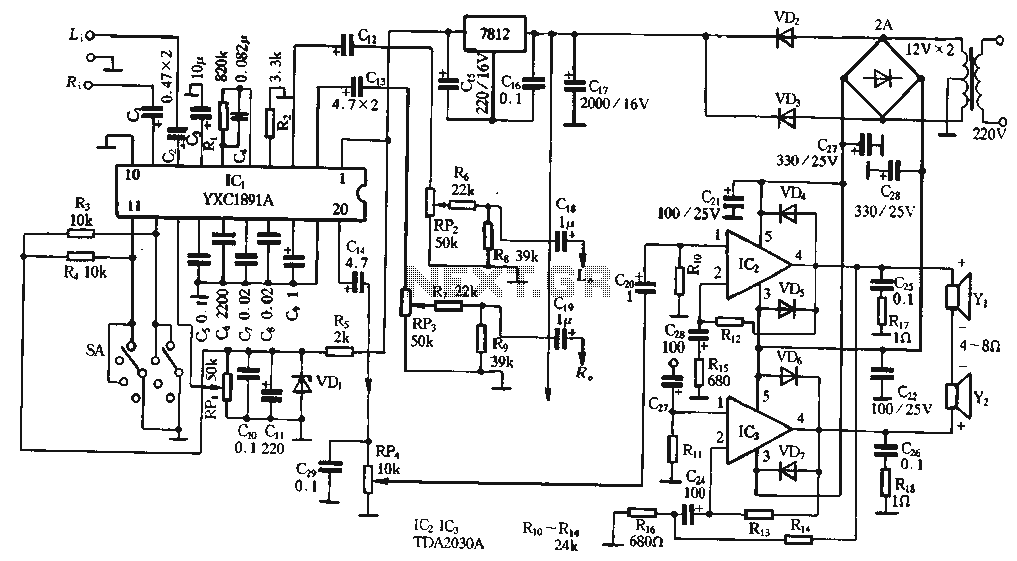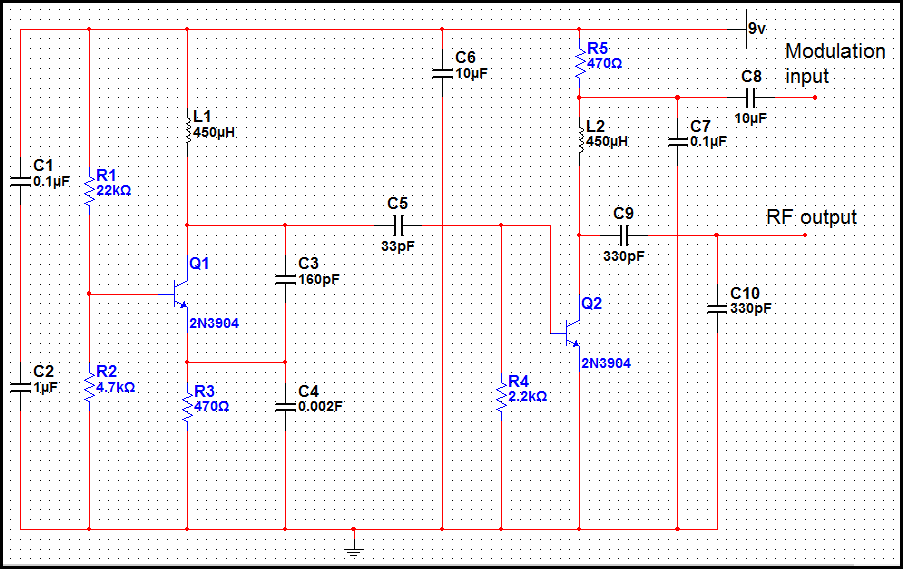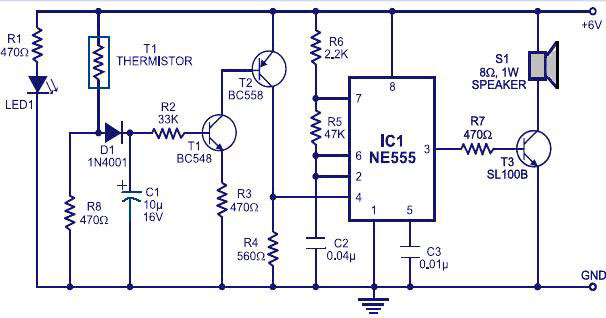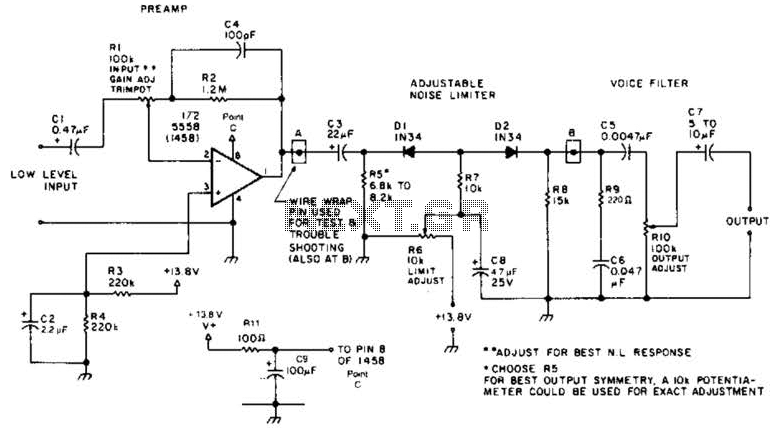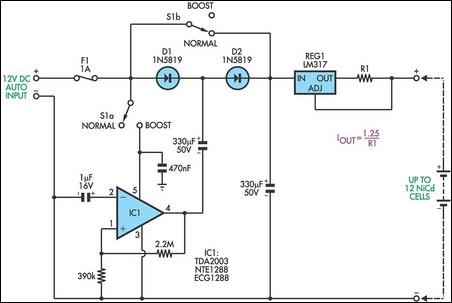
Shield drive by the PGA204 / 205 configuration circuit
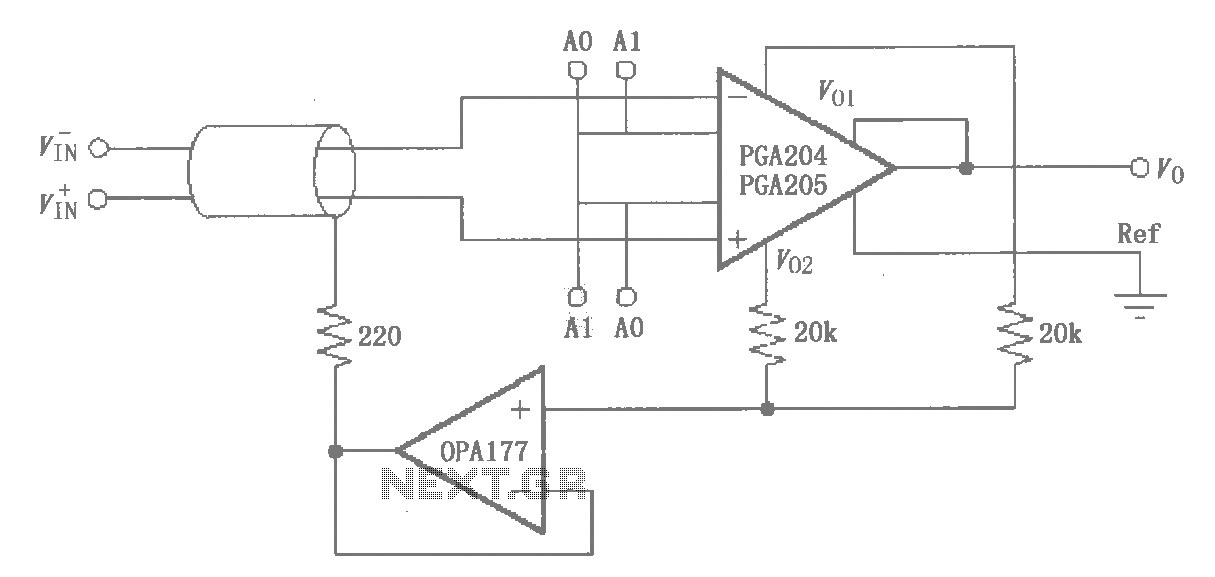
The circuit illustrated by the PGA204/205 pertains to the shield drive circuit shown in the figure. It is demonstrated through interference theory and practical application that the cable shield, when transmitting weak signals, maintains a certain potential. This configuration significantly diminishes interference between the shield and the core caused by distributed capacitance coupling. The circuit depicted is designed with this principle in mind, utilizing an OPA177 operational amplifier as the shield drive. The input signal is sourced from the PGA204/205 and is processed by the OPA177, which functions as a voltage follower. The output of the OPA177 raises the shield to the same potential as the output of the internal instrumentation amplifier, thereby substantially reducing cable line interference.
The described circuit serves as a shield drive mechanism, employing the OPA177 operational amplifier to enhance signal integrity in environments susceptible to electrical interference. The PGA204 and PGA205 serve as programmable gain amplifiers, providing the necessary amplification to weak input signals. The operational amplifier OPA177 is configured as a voltage follower, ensuring that the output voltage closely follows the input voltage, which maintains the potential of the shield.
This arrangement is critical in applications where cable shielding is necessary to mitigate noise and interference, particularly in sensitive measurement systems. By elevating the shield to the same potential as the output of the instrumentation amplifier, the circuit minimizes the potential difference that could lead to unwanted coupling and interference. The design effectively leverages the principles of interference theory and distributed capacitance to improve the performance and reliability of signal transmission in challenging environments.
The implementation of this circuit can be found in various applications, including audio processing, data acquisition systems, and instrumentation where maintaining signal integrity is paramount. Careful attention to the layout and grounding of the circuit is essential to maximize the benefits of the shield drive configuration, ensuring optimal performance in reducing noise and interference.As shown by PGA204 / 205 to the shield drive circuit of FIG. As evidenced by the interference theory and practice, the cable shield weak signal transmission with a certain potential, it will greatly reduce interference between the shield and the core introduced by the distributed capacitance coupling. The circuit in Figure is based on this consideration, constitute an op amp OPA177 shield drive, the input signal from the PGA204 / 205, after OPA177 by the voltage follower output to the shield that the shield is raised to the potential of the internal instrumentation amplifier potential of the output of the op amp, so the cable line interference is greatly reduced.
The described circuit serves as a shield drive mechanism, employing the OPA177 operational amplifier to enhance signal integrity in environments susceptible to electrical interference. The PGA204 and PGA205 serve as programmable gain amplifiers, providing the necessary amplification to weak input signals. The operational amplifier OPA177 is configured as a voltage follower, ensuring that the output voltage closely follows the input voltage, which maintains the potential of the shield.
This arrangement is critical in applications where cable shielding is necessary to mitigate noise and interference, particularly in sensitive measurement systems. By elevating the shield to the same potential as the output of the instrumentation amplifier, the circuit minimizes the potential difference that could lead to unwanted coupling and interference. The design effectively leverages the principles of interference theory and distributed capacitance to improve the performance and reliability of signal transmission in challenging environments.
The implementation of this circuit can be found in various applications, including audio processing, data acquisition systems, and instrumentation where maintaining signal integrity is paramount. Careful attention to the layout and grounding of the circuit is essential to maximize the benefits of the shield drive configuration, ensuring optimal performance in reducing noise and interference.As shown by PGA204 / 205 to the shield drive circuit of FIG. As evidenced by the interference theory and practice, the cable shield weak signal transmission with a certain potential, it will greatly reduce interference between the shield and the core introduced by the distributed capacitance coupling. The circuit in Figure is based on this consideration, constitute an op amp OPA177 shield drive, the input signal from the PGA204 / 205, after OPA177 by the voltage follower output to the shield that the shield is raised to the potential of the internal instrumentation amplifier potential of the output of the op amp, so the cable line interference is greatly reduced.
